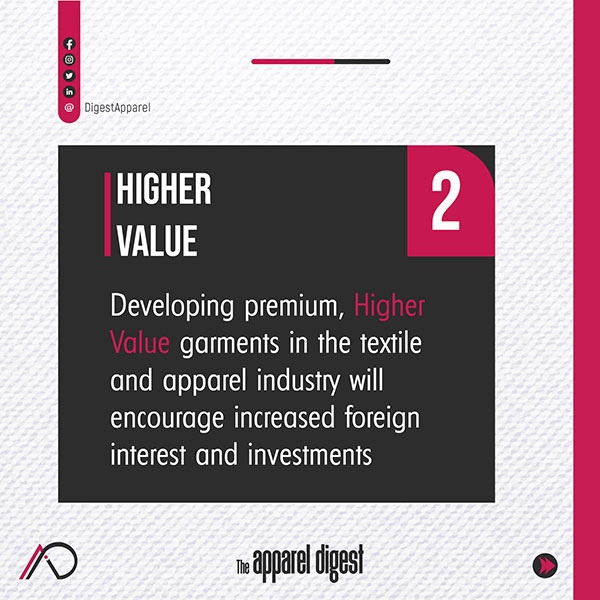The non-profit H&M Foundation, which is affiliated with the fashion company H&M, and The Hong Kong Research Institute of Textiles and Apparel (HKRITA) have collaborated to develop cotton garments that are capable of absorbing carbon dioxide from the atmosphere and releasing it as a source of nutrition for plants. When it comes to the fight against global CO2 emissions, the “Planet First” program that is run by the two organisations has declared that the “Carbon Looper” initiative has the potential to be a “game-changer.” Cotton clothing that has been treated with a solution that contains amines has the capability of absorbing carbon dioxide from the air around it.
The carbon dioxide can then be released from the fabric by heating it to between 30 and 40 degrees Celsius, for example in a greenhouse, where it can be naturally taken up by the plants during the process of photosynthesis. According to the H&M Foundation, the quantity of carbon dioxide (CO2) that is absorbed by a piece of clothing in one day is about similar to a third of the amount that is absorbed by a tree in one day. In addition, after only three “loop-cycles,” the garment has effectively neutralised its own impact on the environment and has begun to have a positive influence on climate change.
The Carbon Looper project is currently undergoing live testing in the form of an apron that is being worn by restaurant personnel at Fotografiska Stockholm. This location was chosen because it has a hydroponic garden in the basement, which will function very well as a CO2 release facility.
“We want to find new solutions that can enable the fashion business to become planet positive,” Christiane Dolva, strategic lead at the H&M Foundation, said in a statement. “We want to find new solutions that can enable the fashion industry to become planet positive.” And because things need to change right away, we are concentrating our efforts on impatient research to innovate quickly, using rapid iterations to find solutions that are both disruptive and scalable.
“Our Planet First program with HKRITA is a fantastic illustration of how we encourage change across an entire industry by freely sharing proof of concept examples. We don’t have time for things that are traditional or slow, so instead of striving for perfection, our goal is to get the solutions out of the lab as quickly as possible so that they can be tested and improved, as well as to inspire others and spur collaborations that can eventually lead to scale and adoption.
“Anything we develop in the lab is only meaningful once it goes out of the lab,” Edwin Keh, chief executive officer of HKRITA, noted. The Carbon Looper is one of the many initiatives that we have been working on to determine whether or not the textile, garment, and fashion industries can become carbon neutral. This test will be monitored by us here at Fotografiska to determine how we can further develop the technology and find further applications for it.
Reference:
—. “H&M Foundation Unveils Garments That Capture CO2 from the Air.” FashionUnited, 23 May 2022, https://fashionunited.com/news/fashion/h-m-foundation-unveils-garments-that-capture-co2-from-the-air/2022052347746.
Image Courtesy:

